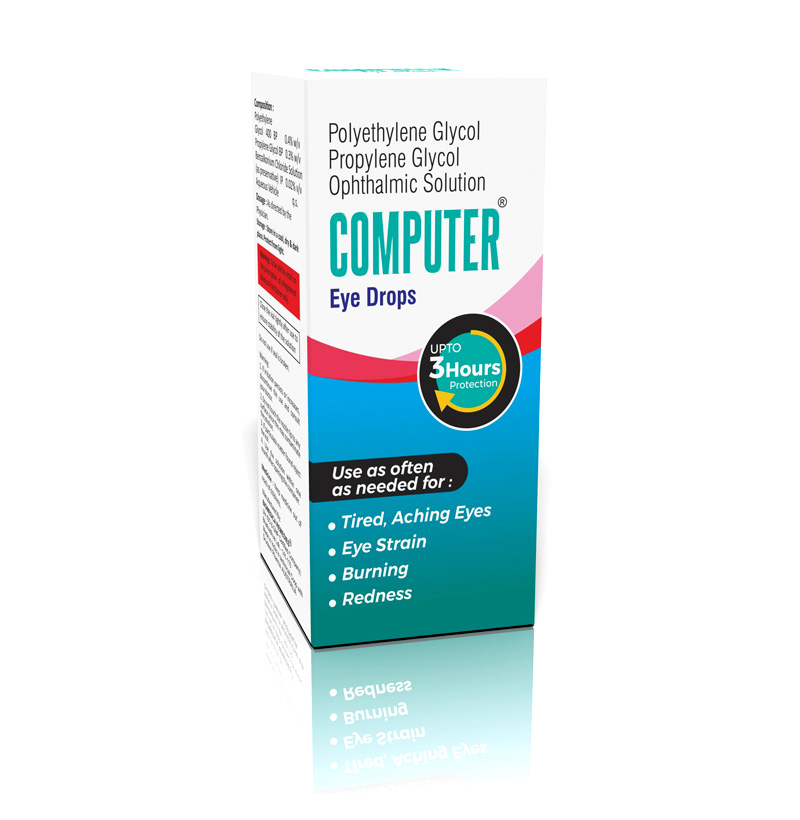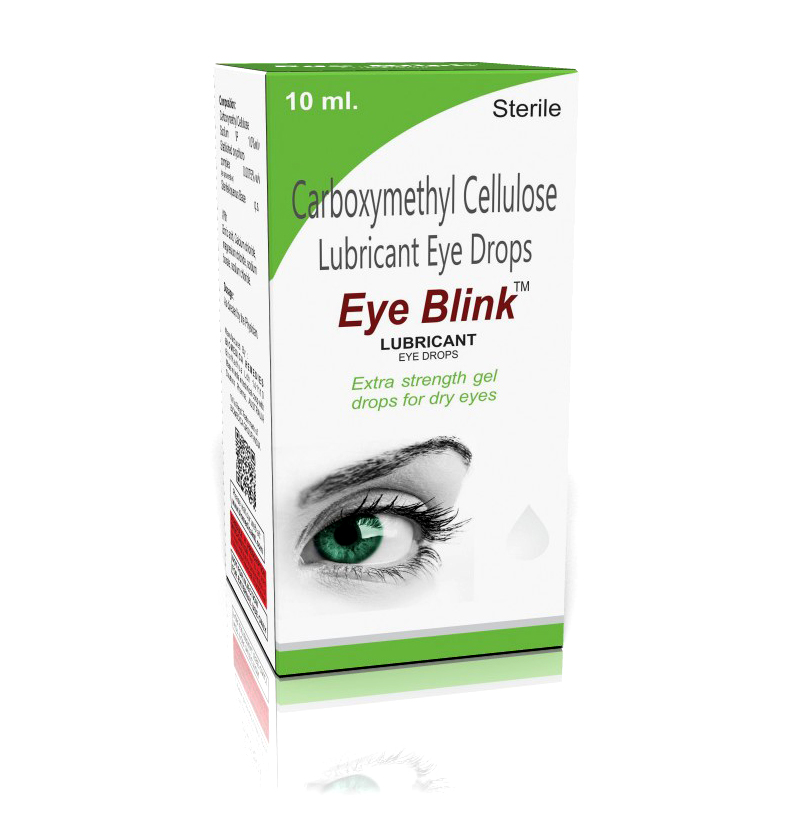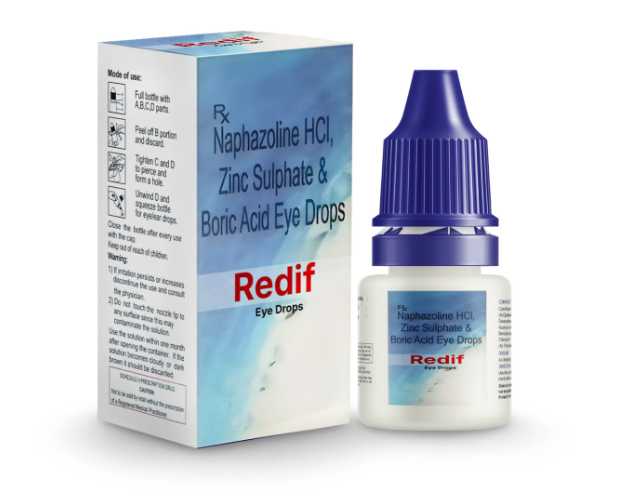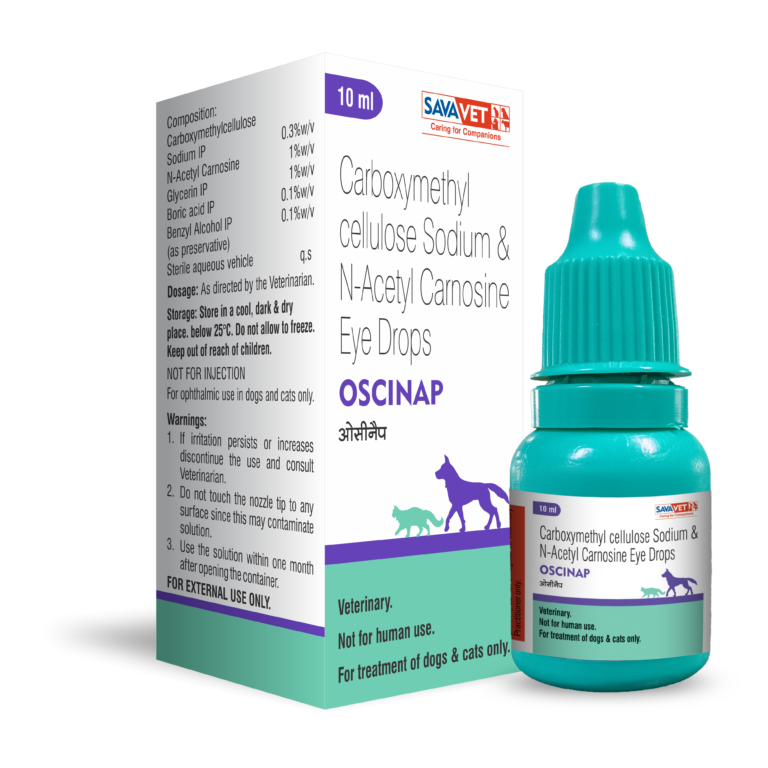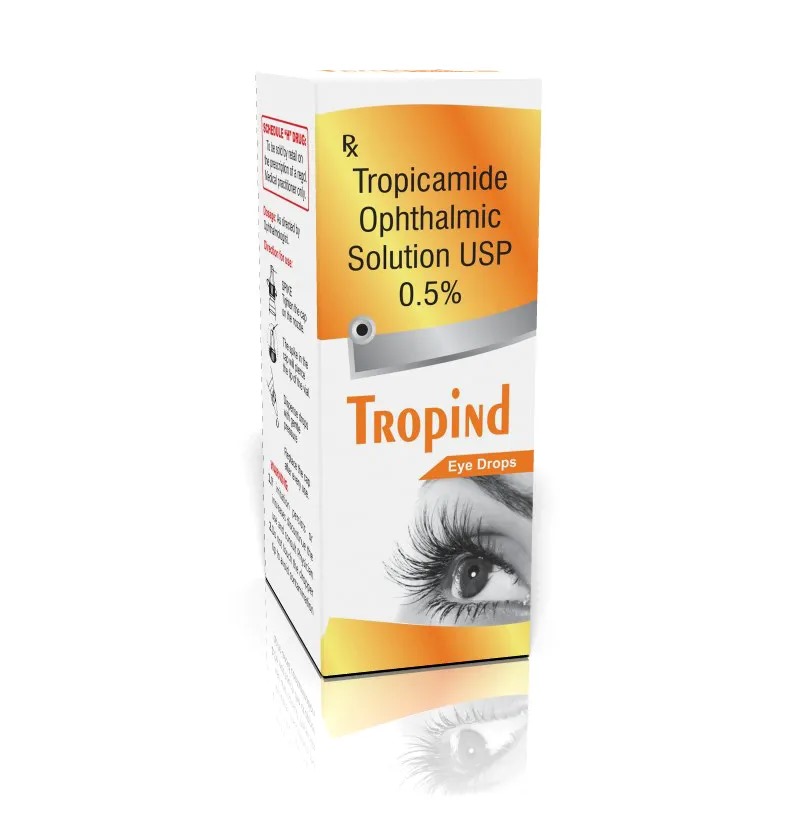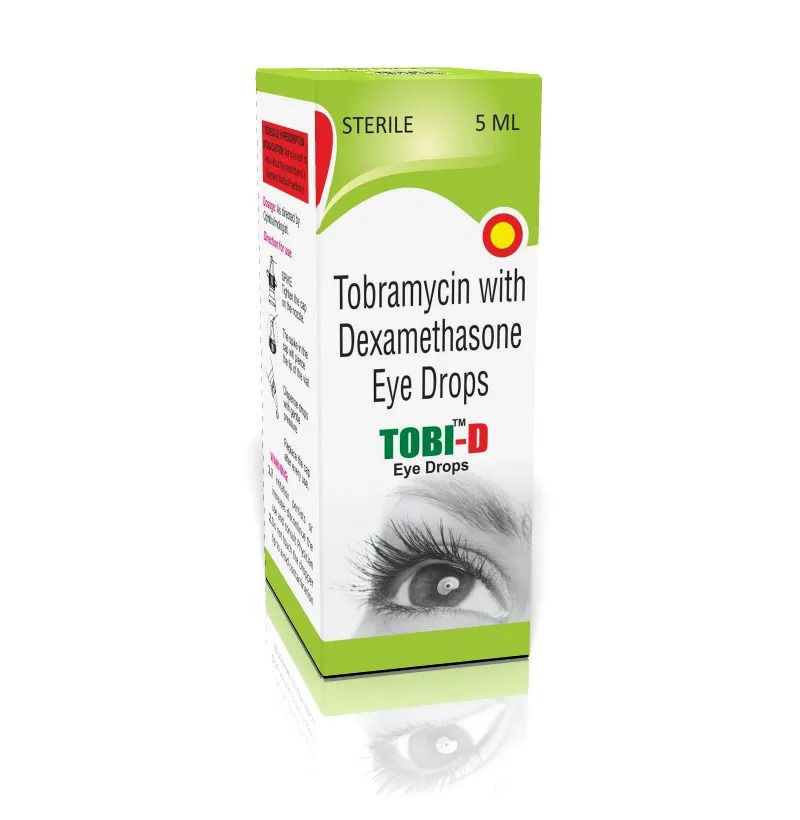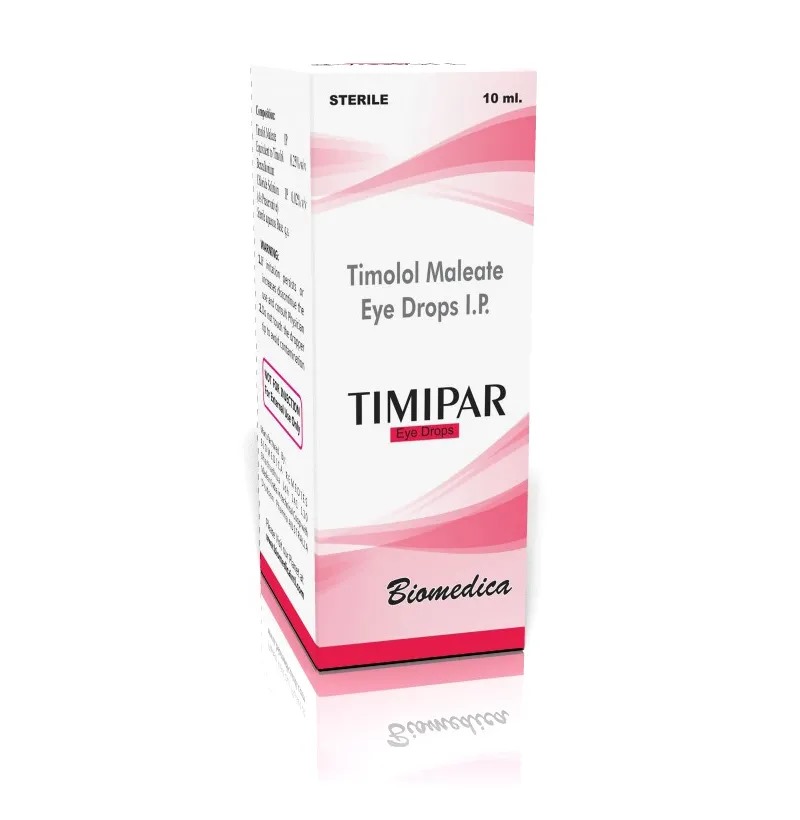Computer Eye Drops containing Polyethylene Glycol (PEG) and Propylene Glycol are lubricant eye drops (also called artificial tears) used to relieve symptoms of dry eye—especially due to digital eye strain or prolonged screen time. 🔹 Primary Uses Dry Eye Syndrome Provides moisture and lubrication to relieve dryness, grittiness, or irritation in the eyes. Computer Vision Syndrome (CVS) / Digital Eye Strain Ideal for people spending long hours in front of screens, which reduces blinking and leads to dry eyes. Environmental Eye Irritation Soothes eyes affected by wind, smoke, air conditioning, or low humidity. Contact Lens Discomfort (if the formulation is approved for lens wear) Some PEG/propylene glycol drops are safe to use with lenses. 🔹 How It Works Polyethylene Glycol and Propylene Glycol are humectants and lubricants. They form a protective film on the eye surface that retains moisture and soothes irritation. ⚠️ Common Side Effects Temporary blurred vision after application Mild burning or stinging Watery eyes (reflex tearing) 🔹 Usage Tips Usually used as needed, often 1–2 drops per eye Blink gently to spread the drop evenly Do not touch the dropper tip to the eye Wait 10–15 minutes before inserting contact lenses (if compatible)
Send Message